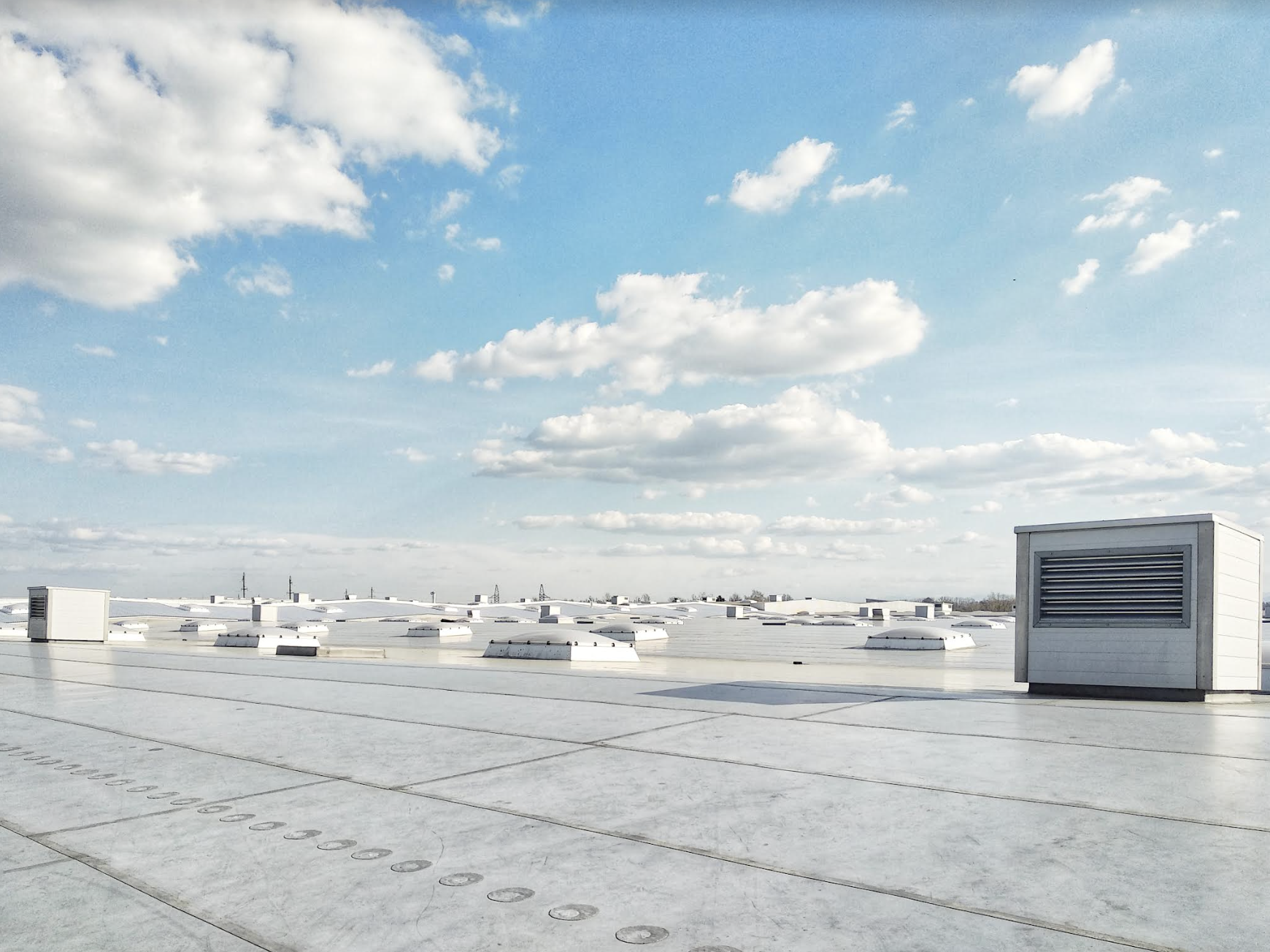
Roofing Systems
These are some of the more common types of roofing materials that we have experience in. But we are not attempting to list all. Please let us know if your interest is in a material that is not described here.
-
Synthetic rubber sheets adhered together with contact adhesive or tape. Primary application is big box stores with large open areas.
-
Plastic sheets welded together with hot air, creating one continuous sheet membrane. They can be re-welded with the exception of CSPE. Lends itself well to both big box and small roof application because of its hot air weldability.
This membrane is installed by two methods:
1.) Rolls of membrane are attached to the ridged insulation using a bonding adhesive;
2.) The edge of each roll is fastened through ridged insulation into structural deck, and the proceeding roll is lapped over the fasteners. The overlap is then heat-welded with hot air to create a mechanically fastened thermoplastic roof. -
This includes single and double coverage types. This type of roll roofing is regarded as an inexpensive, temporary material. Its wide width makes it vulnerable to temperature-induced shrinkage and tearing as it expands and contracts.
-
Standing seam metal with concealed fasteners
Mechanically seamed metal with concealed fasteners contains sealant in seams for use on very low sloped roofs, suitable for roofs of low pitch such as 0.5/12 to 3/12 pitch
Flat-seam metal with or without soldered seams.
-
Garden roofs or green roofs as they are also called, are excellent systems that reduce storm water run off and reduce energy consumption. They also provide excellent protection to the waterproofing membrane (by protecting it from harmful UV rays), as well as several other key LEED goals.

